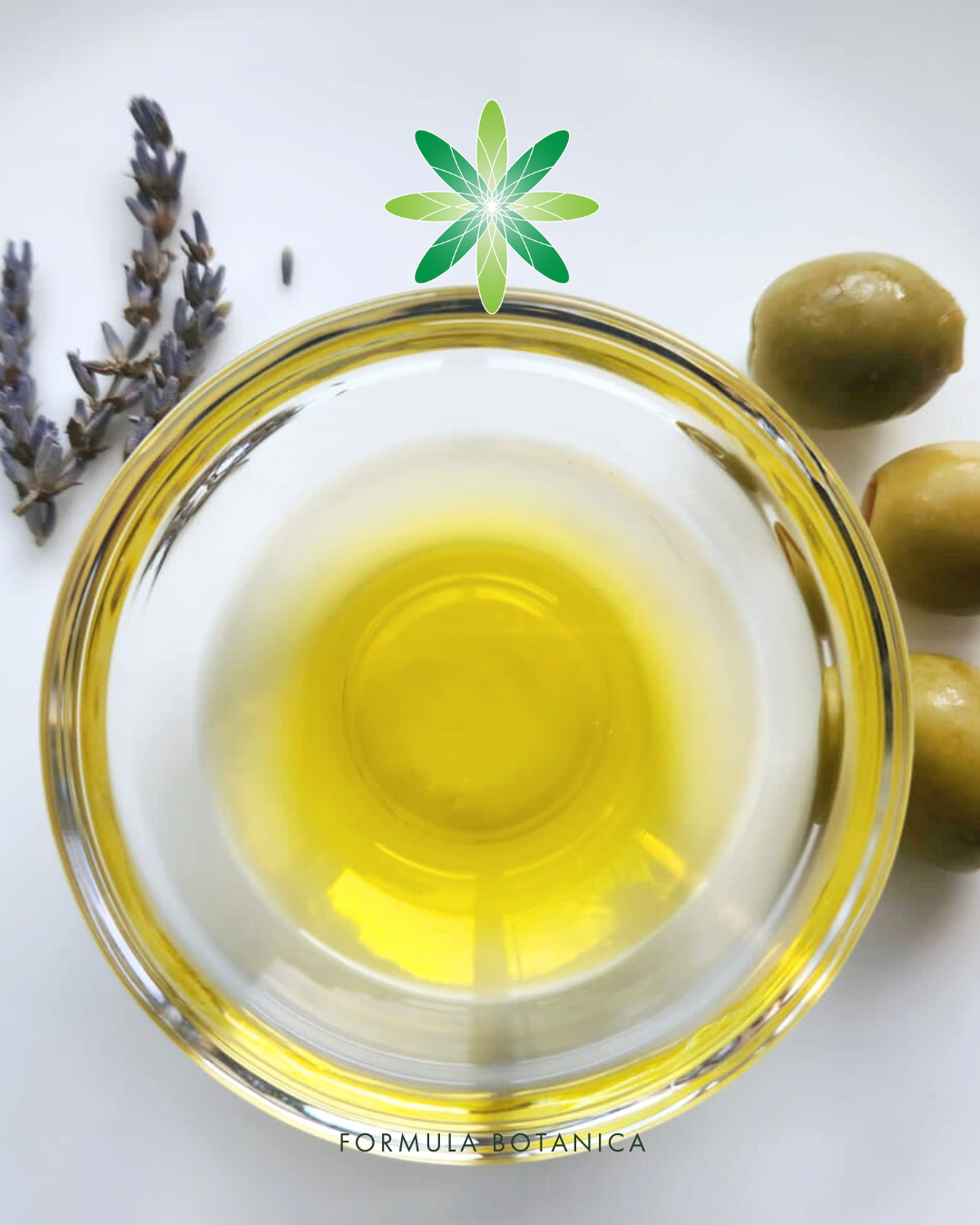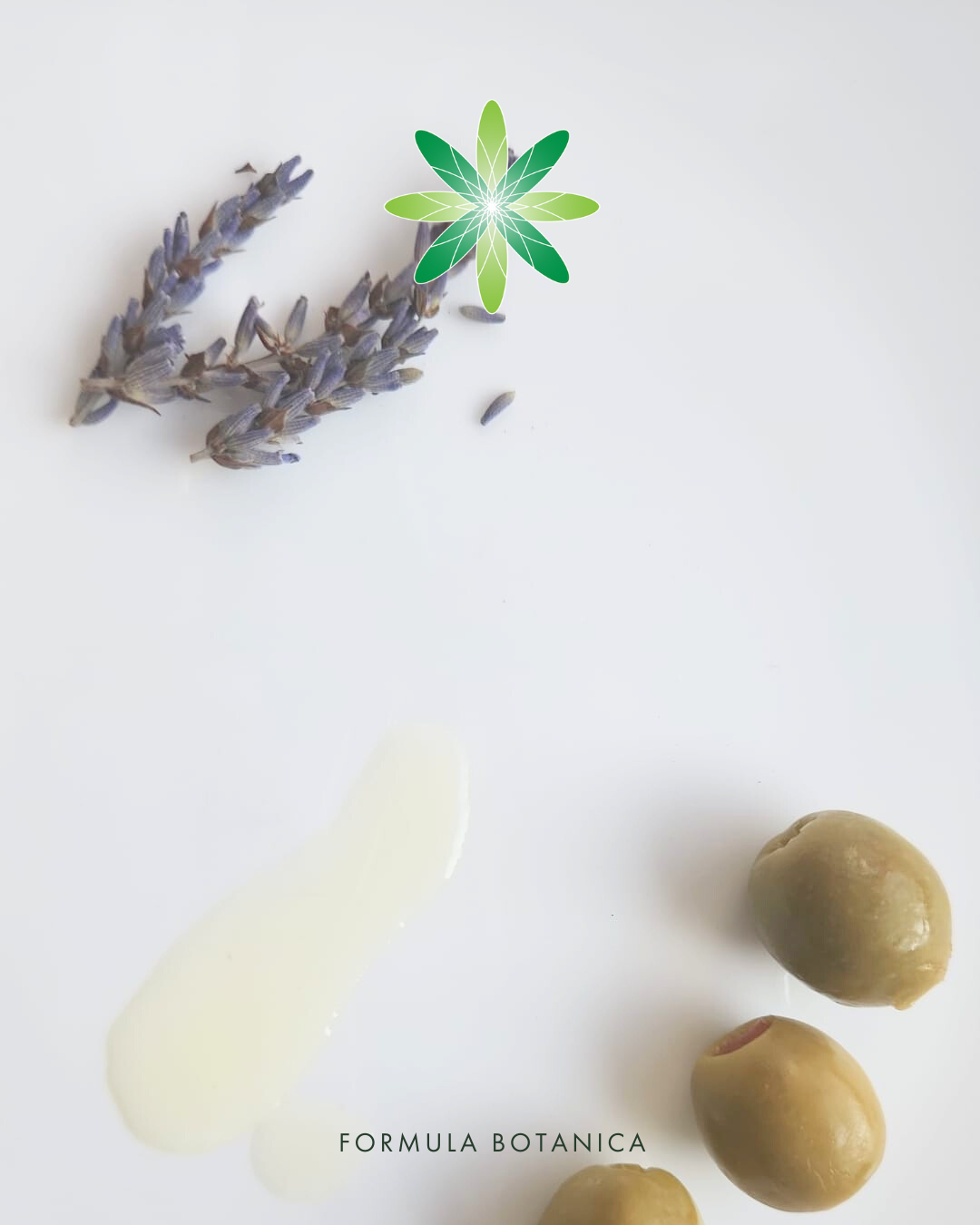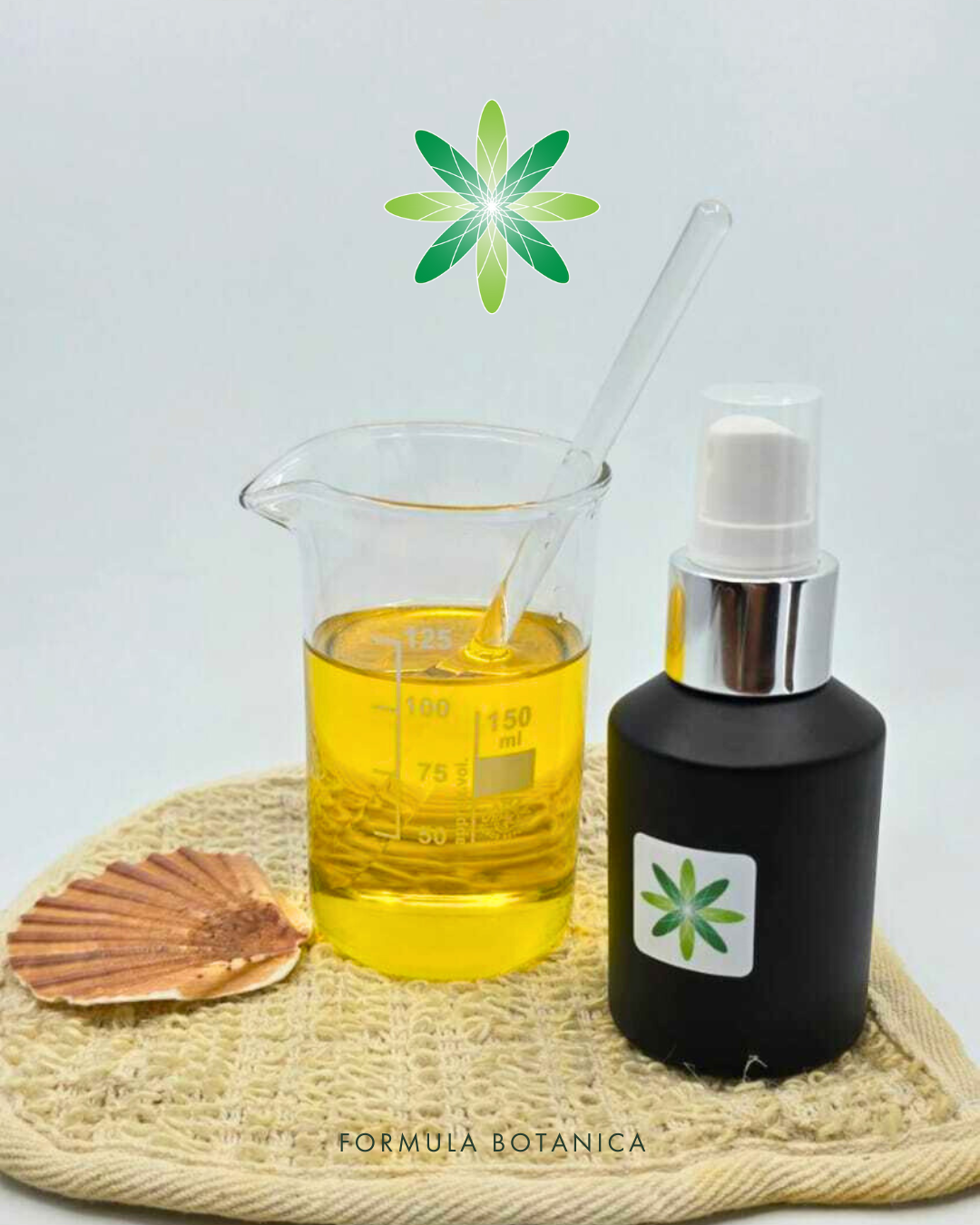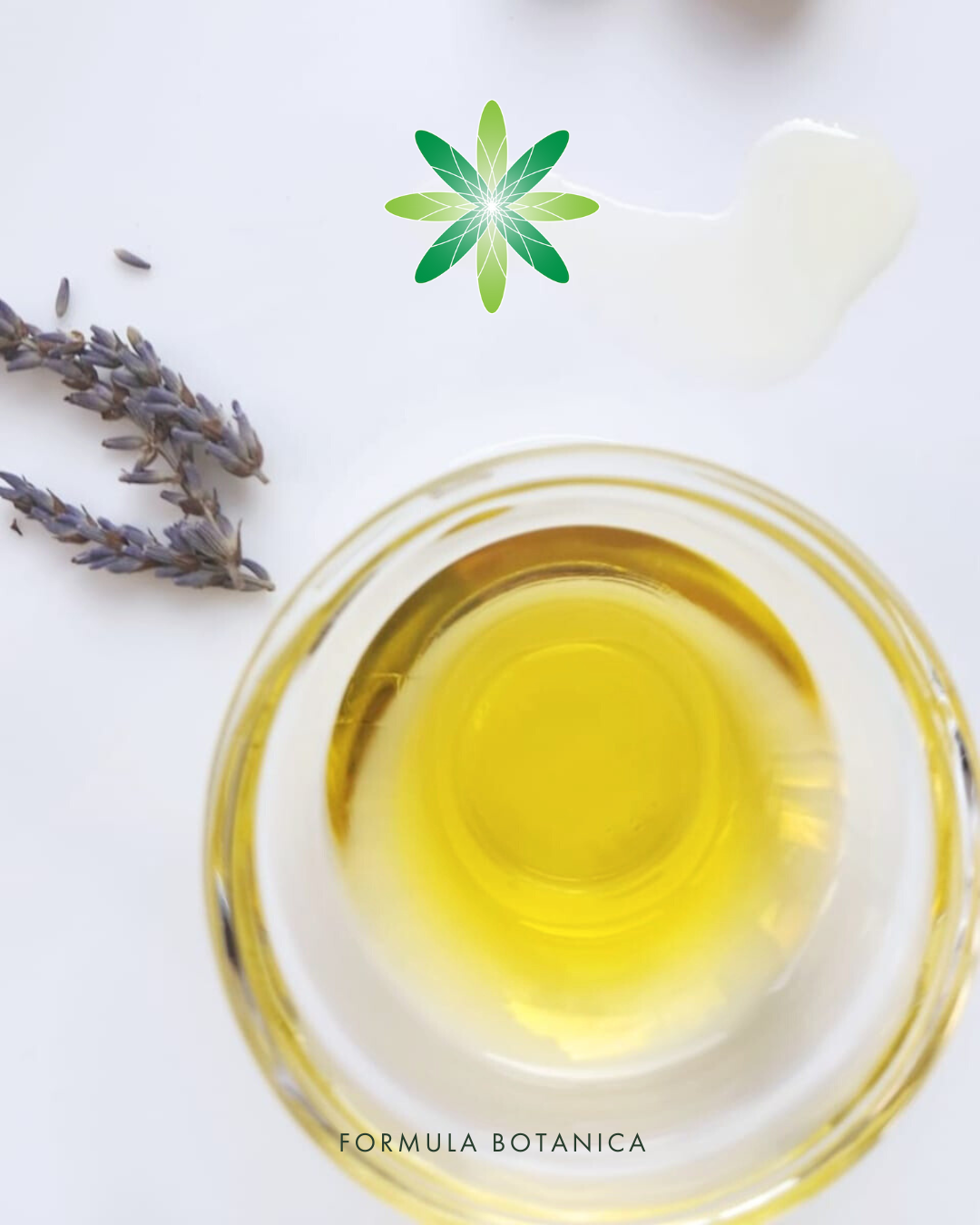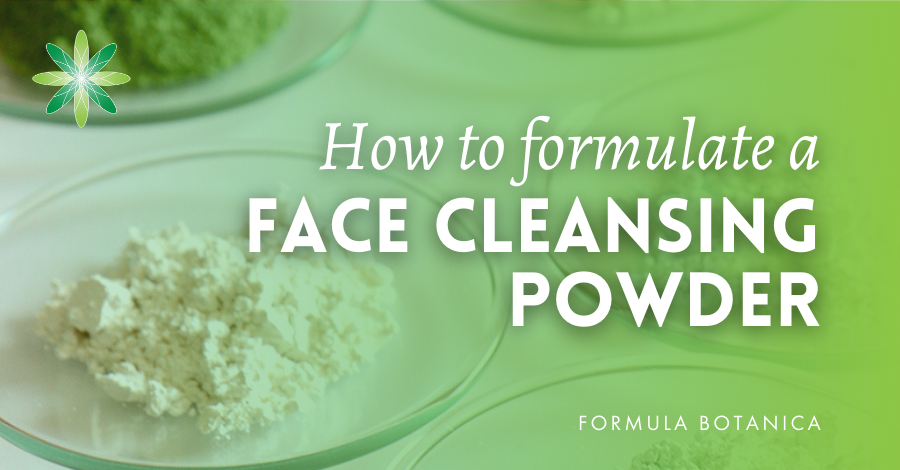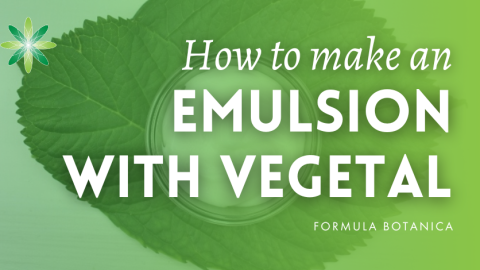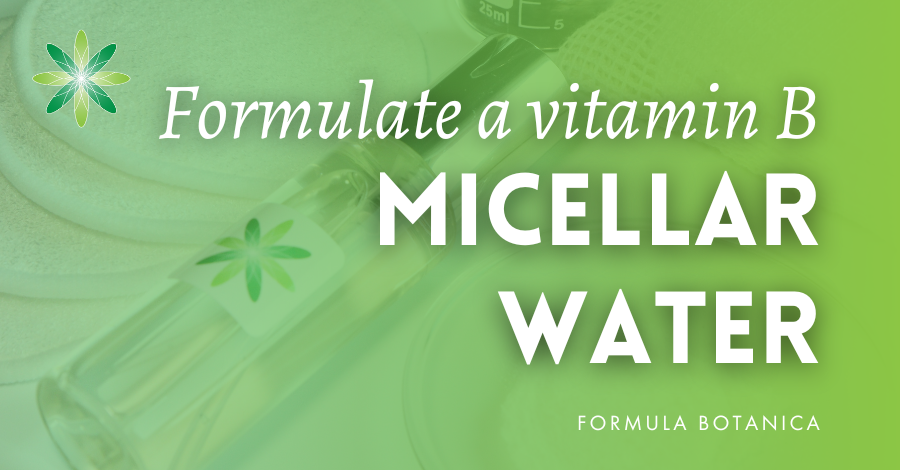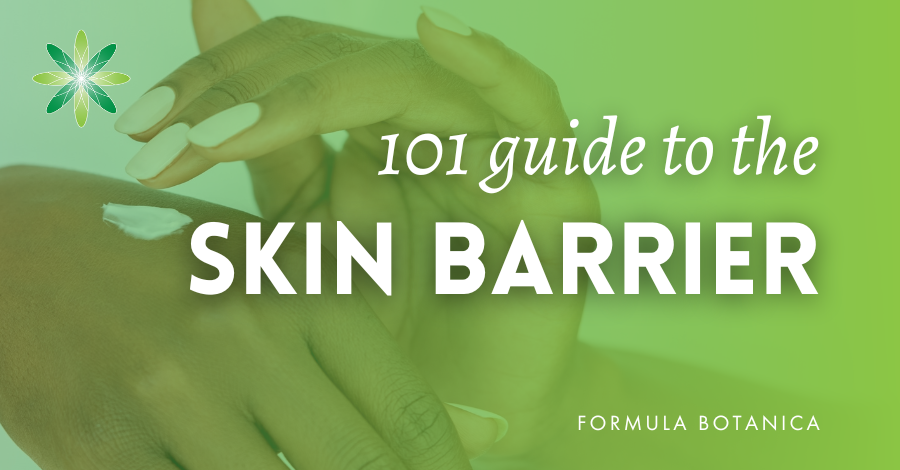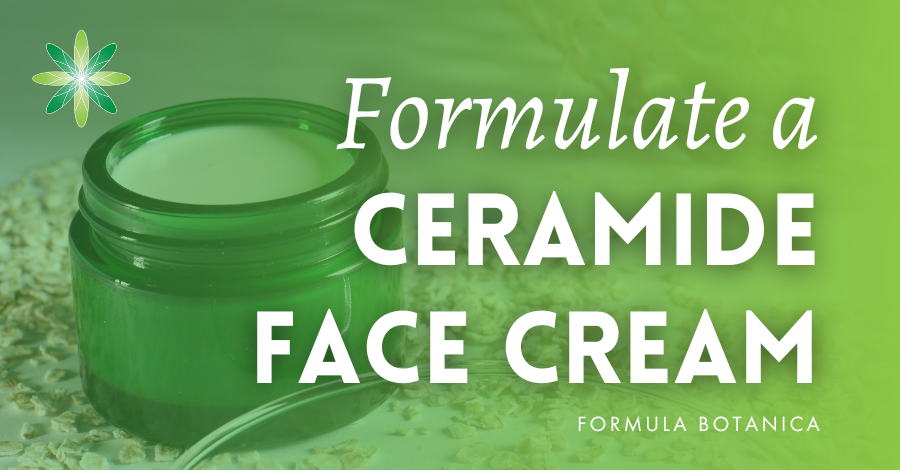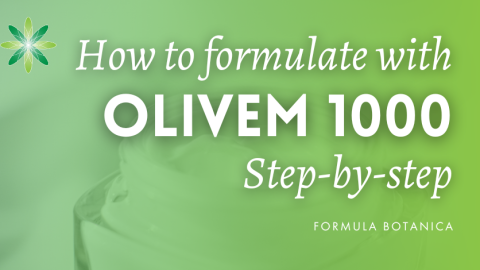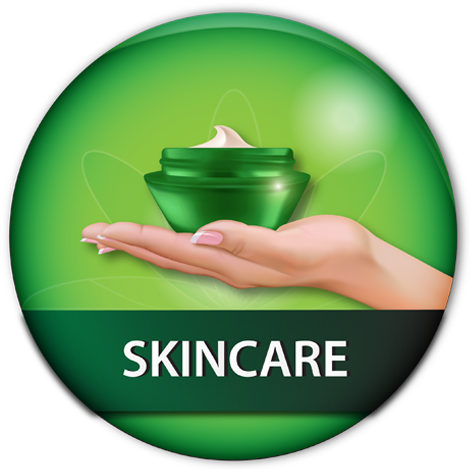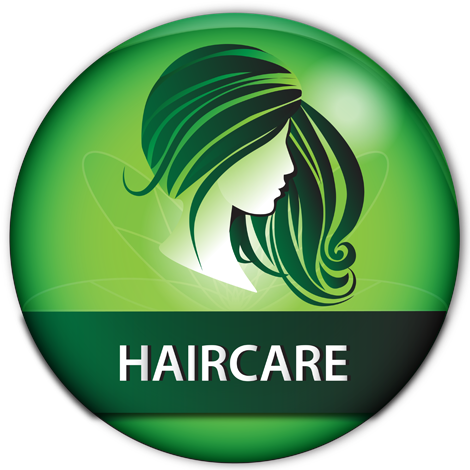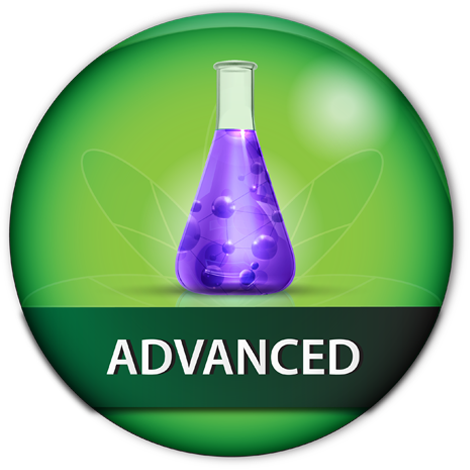What if you could make your own body oil instead of buying one?
Many commercial body oils are filled with synthetic fragrances, preservatives or mineral oils, which are not the best for your skin. When you formulate your own body oil, you have complete control over the ingredients and can tailor it to your skin type, individual preferences and specific needs.
In this post, I’ll show you how to make a natural body oil using plant-based oils and natural silicone alternatives. This oil feels silky and lightweight on the skin and contains a soothing blend of essential oils designed to relieve stress and provide a calming, grounding, and relaxing experience. The best part? It’s super easy to make and entirely customisable!
What makes a good body oil?
A great body oil should be lightweight, non-greasy, and free from any heavy residue. The secret to achieving this is by using a blend of drier oils, like fractionated coconut oil and squalane, along with natural silicone alternatives. These ingredients absorb rapidly into the skin, leaving it nourished without that oily after-feel. That’s exactly what I’ve done with this body oil formula!
It’s important not to confuse body oils with massage oils, as their purpose, formulation, and skin feel are quite different.
Massage oils tend to be heavier and richer, and are designed to provide a long-lasting glide and slow absorption for a prolonged massage without needing constant reapplication. In contrast, body oils are quicker to absorb, and a large proportion of the formula is typically represented by drier oils as they penetrate the skin quickly without leaving a lingering oil feel.
If you want to make your own massage oil, you can mix plant-based carrier oils that don’t solidify at cooler temperatures and are easily available at a lower price range. Here are a few suggestions to help you get started:
Top 10 botanical oils every formulator needs
You can also check out our Diploma in Organic Skincare Formulation, where you’ll learn how to make your own botanical face, body and massage oils, as well as 25+ other natural skincare products!
How to use this body oil
To use this body oil, simply apply a small amount to your skin or pour a few drops into your palm and massage it over your body. Take a moment to enjoy the soothing aroma, then allow the oil to sink in. It will absorb quickly and leave a satin-like, silky touch.
Ideally, apply the oil after showering, on damp skin, so that the moisture is locked in.
Key ingredients & benefits
Here’s a quick overview of the ingredients I’ve used in this formula and their benefits. I’ve blended lightweight botanical oils with natural silicone alternatives to create a silky skin feel and added some essential oils for a relaxing, soothing experience.
Fractionated coconut oil
INCI: Caprylic/Capric Triglycerides
Fractionated coconut oil is a neutral and fast-absorbing oil with a light skin feel. It doesn’t leave a heavy residue and is colourless and odourless, which makes it a perfect base oil.
dermofeel® sensolv MB
INCI: Isoamyl Laurate
Isoamyl laurate is a light emollient with good spreadability and a natural silicone alternative, which gives our body oil a silky feel.
This ingredient is also suitable for natural formulations and is based on renewable sources, through an efficient process and low carbon footprint.
If you would like to learn more about natural silicone alternatives, check out our membership site, the Lab at Formula Botanica, where we cover silicone alternatives in our dedicated silicone Mini Lab.
Cetiol® Ultimate
INCI: Undecane (and) Tridecane
Cetiol® Ultimate is another great natural silicone alternative. This non-polar, clear oil is made from 100% renewable raw materials and provides a great sensory feel. It has extremely high spreadability and absorbs quickly into the skin, so it’s perfect for a lightweight body oil.
It is also easily biodegradable and suitable for Cosmos and NaTrue-certified cosmetics. You can learn more about certifications below:
Hemisqualane
INCI: Hydrogenated Farnesene
Hemisqualane is a lightweight, sustainable emollient known for its excellent spreadability and silky feel. It is also a great natural alternative to silicones (are you starting to sense a theme here?) and has a lower molecular weight than squalane. You can learn more about squalane below:
I particularly love hemisqualane for its light skin feel that doesn’t leave any heaviness or greasiness.
Olive oil and calendula-infused sunflower oil
INCI: Olea Europea (Olive) Fruit Oil | Helianthus Annuus Seed Oil (and) Calendula Officinalis Flower Extract
Olive oil and calendula-infused sunflower oil are staples in any formulator’s toolkit. They are relatively easy to source (because they are also common cooking oils) and very affordable. Both oils are said to promote skin repair and regeneration and are excellent for dry skin.
Curious to learn more about calendula? Check out this post:
Calendula extracts: Formulating their benefits into natural cosmetics
Apricot oil
INCI: Prunus Armeniaca (Apricot) Kernel Oil
Apricot oil is a hypoallergenic carrier oil that is very well tolerated and quickly absorbed. It can help revitalise the skin and maintain its elasticity.
Essential oil blend
INCI: Lavandula Angustifolia Flower Oil | Citrus Aurantium Bergamia Fruit Oil | Cananga Odorata Flower Oil | Boswellia Serrata Oil | Santalum Album Oil | Anthemis Nobilis Flower Oil
For this body oil, I’ve also selected a few essential oils to give it a beautiful aroma and create a deeply calming, grounding, and relaxing experience. I’ve chosen lavender, bergamot FCF (furanocoumarins-free, meaning it is not phototoxic), ylang-ylang, frankincense, sandalwood and Roman chamomile essential oils.
If you’re interested in learning more about essential oils and how to use them in your natural formulations, check out our Diploma in Organic Skincare Formulation, where we teach you how to formulate safely with essential oils.
Bisabolol
INCI: Alpha-Bisabolol
Finally, I’ve added bisabolol to the formula, the primary active compound in chamomile, to gently calm and soothe sensitive skin while restoring the natural skin barrier. Curious to learn more about the skin barrier? Check out this post:
Skin barrier 101: Essential guide for natural cosmetic formulators
How to make a natural body oil
Here’s how to make a natural body oil using botanical oils and natural silicone alternatives, in just 6 easy steps!
Makes: 100g
Level: Beginner to intermediate
Method: Cold process (no heating required)
| Phase | Ingredients | INCI | Weight (g) |
| A | Fractionated coconut oil | Caprylic/Capric Triglycerides | 40.00 |
| A | dermofeel® sensolv MB | Isoamyl Laurate | 10.00 |
| A | Cetiol® Ultimate | Undecane (and) Tridecane | 8.00 |
| A | Hemisqualane | Hydrogenated Farnesene | 10.00 |
| A | C12-15-Alkyl Benzoate | C12-15 Alkyl Benzoate | 8.00 |
| B | Olive oil | Olea Europea (Olive) Fruit Oil | 7.60 |
| B | Calendula macerated sunflower oil | Helianthus Annuus Seed Oil (and) Calendula Officinalis Flower Extract | 7.50 |
| B | Apricot oil | Prunus Armeniaca (Apricot) Seed Oil | 7.50 |
| C | High-strength vitamin E | Tocopherol (and) Helianthus Annuus | 1.00 |
| C | Bisabolol | Alpha-Bisabolol | 0.10 |
| C | Lavender essential oil | Lavandula Angustifolia Flower Oil | 0.10 |
| C | Bergamot essential oil FCF | Citrus Aurantium Bergamia Fruit Oil | 0.10 |
| C | Ylang-ylang essential oil | Cananga Odorata Flower Oil | 0.01 |
| C | Frankincense essential oil | Boswellia Serrata Oil | 0.03 |
| C | Sandalwood essential oil | Santalum Album Oil | 0.03 |
| C | Roman chamomile essential oil | Anthemis Nobilis Flower Oil | 0.03 |
| Total: 100.00 |
Equipment
- High-precision jewellery scale (0.01g precision)
- 70% isopropyl alcohol to sanitise your workspace and equipment
- Glass beakers
- Glass rods
- Spatula
- Watch glass
- Suitable container to package your body oil (I recommend using a spray bottle, with either a pump or a disc top)
Step-by-step method
- Step 1: Clean and sanitise your formulation space and equipment
Clean and sanitise your working area, beakers and glass rods with 70% isopropyl alcohol and leave to dry.
- Step 2: Weigh the natural silicone alternatives and the botanical oils
Weigh all ingredients in separate beakers, or if you are confident with precise measuring, weigh and add ingredients one by one (the silicone-like emollients from phase A and the plant oils from phase B) to the main beaker.
- Step 3: Stir the blend
Stir with a glass rod.
- Step 4: Add the vitamin E, essential oils and bisabolol
Next, weigh the vitamin E, essential oils and bisabolol to a watch glass and add to the main beaker. A small silicone spatula will help you scrape it all into the oil.
- Step 5: Stir again
Give it a good stir again.
- Step 6: Package and label
Package your oil in a dark glass or PET container and store it away from direct sunlight. It’s now ready to use!
Customising your body oil
You can easily customise this body oil by swapping out ingredients to match your personal preferences. Simply choose carrier oils that suit your skin type, add essential oils for fragrance and aromaceutical benefits (while being mindful of dermal limits), and adjust the absorption rate to your liking.
I’ve included natural silicone alternatives to this formula to give it a silky feel, as pure plant oils – even the drier and less greasy ones – can never achieve the same silky touch. However, feel free to skip them or experiment with other combinations. After all, that’s the fun of being a formulator!
Here are some alternative options for phase A (these are also non-greasy emollients):
- LexFeel® Natural (INCI: Heptyl Undecylenate)
- Dicaprylyl Carbonate (INCI: Dicaprylyl Carbonate)
- Natura Plantsil (INCI: Hydrogenated Ethylhexyl Olivate (and) Hydrogenated Olive Oil
Unsaponifiables) - Coco Caprylate/Caprate (INCI: Coco Caprylate/Caprate)
If you would like to make a massage oil instead, simply increase the oil phase (phase B) and lower the natural silicone phase (phase A). Just remember that your formula should always add up to 100%, and follow your supplier’s guidelines.
Beyond that, the sky’s the limit! I can’t wait to see what you create.
Tips for best performance:
Here are some tips on how you can customise your body oil while still getting the best performance:
- Use dry oils (e.g.: hemisqualane) for a silky finish
- Avoid heavy oils like castor, avocado, or coconut if aiming for a weightless feel
- Test spreadability – Apply on skin and check absorption time (should be <1 min)
- Adjust sensory feel – If it’s too greasy, increase phase A (use more Hemisqualane, Cetiol Ultimate, or Isoamyl Laurate) and decrease phase B (oil phase)
Don’t worry if this feels overwhelming right now. As you learn how to formulate and progress in your formulation journey, you’ll be more comfortable with all these terms and will be able to confidently create and customise your own custom skincare products. You can learn how to formulate with our foundation Diploma in Organic Skincare Formulation.
Final thoughts
I hope you enjoyed making this body oil and customising it! If you did, please leave a comment below and post your body oil formulation in the online classroom or on our Instagram page. What would you like to see next? Let me know in the comments below!
If you’d like to learn how to formulate your own organic skincare, check out our FREE mini-training course, that teaches you how to become a formulator instead of a recipe follower. Believe me, once you learn how to make your own skincare products and get to choose what goes in them for a fraction of the cost, you’ll never want to go back!
FAQ
- What is the difference between a body oil and a massage oil?
A body oil is typically lighter than a massage oil, which tends to be heavier and richer, and therefore takes longer to absorb. Body oils typically contain drier oils like fractionated coconut oil, squalane, rosehip oil and natural silicone alternatives as these penetrate the skin quickly without the lingering oily feel you would get from massage oils.
- How can I make a body oil?
You can easily make your own body oil at home by using natural botanical oils. You can also add essential oils for fragrance and oil-soluble botanical extracts for efficacy.
- Can I swap out ingredients?
Yes, of course! It’s very easy to customise this oil. Just swap out the ingredients you want and adjust the absorption rate to your liking. You could even make your own massage oil if you use heavier oils like castor, avocado or coconut oil and increase the oil phase (phase B).
- Why does this body oil contain silicone alternatives?
I’ve used silicone alternatives in this formula as they give the final product a light skin feel and quick absorption. Pure plant oils – even the dry ones – can’t ever achieve the same silky touch as silicone or silicone alternatives. That’s why I’ve added silicone alternatives and why they represent the majority of this formulation.
- Where can I learn to make my own skincare and haircare?
Join us at Formula Botanica, where tens of thousands of students and followers take our free and paid online courses to learn how to formulate organic skincare and haircare for themselves or to sell and also how to set up a beauty brand and business.
Suggested suppliers
Here are the suppliers I used to source my ingredients (I am based in Europe):
However, if you don’t have access to these where you live, here are some other suggestions for you:
INKY Ingredients (UK)
Aromantic (UK)
Manske (EU)
The Soap Kitchen (UK)
Ellemental (EU)
Lotioncrafter (USA)
Essential Labs (USA)
Go Native NZ (New Zealand)
Naturally Balmy (UK)
O&3 – The Oil Family (UK/EU)
Soap & More (Canada)
Formulator Sample Shop (USA)
FREE TRAINING
Learn how to become an
Organic Skincare Formulator
FREE TRAINING
How to become an
Organic Skincare Entrepreneur
FREE TRAINING
How to become an
Organic Skincare Entrepreneur
Leave us a comment

Barbora Harmatova is a Formulator as well as a Tutor at Formula Botanica, where she helps our students to become better organic cosmetic formulators. Read more about the Formula Botanica Team.


